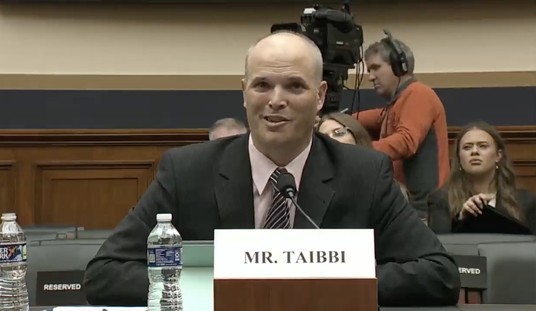One place you won’t find social distancing is in the line at the federal trough.
With trillions of dollars being doled out by Congress to help the economy survive the pandemic, interests are standing cheek by jowl in lines that stretch out the door asking for federal dollars.
Last week, the U.S. Postal Service stated it has been harmed by the pandemic and downturn of business and that it will need $75 billion in the next coronavirus spending bill or it will run out of cash this summer.
The Postal Service received $10 billion in borrowing authority under the Coronavirus Aid, Relief, and Economic Security Act, but Postmaster General Megan Brennan says COVID-related losses will total $13 billion this fiscal year and $22 billion over the next few months. The Postal Service lost $8.8 billion total in fiscal 2019.
President Trump is not inclined to approve a bailout at this time.
“This is the new one; I’m the demise of the Postal Service,” he said in response to a question at his daily press briefing on April 15. “I’ll tell you who’s the demise of the Postal Service, are these Internet companies that give their stuff to the Postal Service … They drop everything in the post office and they say, ‘You deliver it.’ And if they’d raise their prices by, actually, a lot, then you’d find out that the post office could make money or break even. But they don’t do that, and I’m trying to figure out why.”
Recommended
President Trump has not settled on a solution to the Postal Service’s challenges, but he has identified the problem.
The Postal Service reaches 160 million addresses a day – a delivery network no private company can match and that is itself a strategic asset for the nation. Other shipping and eCommerce companies pay the Postal Service to make “last-mile” deliveries on their behalf, which would seem to be a good way for the Postal Service to achieve profitability even though its most popular product – first-class mail – accounts for only half as much business as it did in 2001.
But it has not worked out that way. First-class mail has continued to decrease, and package delivery has grown nearly 20 percent in just the last three years. But profitability has not emerged. The Postal Service lost $80 billion since 2007 – and the reason is that the Postal Service makes bad deals. It prices package delivery too low because it doesn’t properly account for the costs it incurs in delivering packages, then ups its volume to try to catch up. But since it is a losing proposition to begin with, more volume only means more losses.
That has been the conclusion reached by numerous analyses of the Postal Service’s finances. It also was the assessment of the task force President Trump appointed to examine the sources of the Postal Service’s growing red ink. Four of the task force’s top eight recommendations dealt with getting package delivery pricing right.
It suggested that we update the definition of what is known as the Universal Service Obligation, the Postal Service’s promise of minimum service at reasonable price to all Americans. What is essential to this mission? What costs involved with it should be accounted for elsewhere on the balance sheet?
It talked of a new pricing model – one without caps that adjusted to market conditions. Another dealt with modernizing cost standards and cost allocation methodology. Still, another dealt with cost-cutting strategies for what will be the Postal Service’s new business model.
Another called for strengthening governance to provide oversight for some of this decision making. The report came out in December 2018. Postal Service management was given until summer of 2019 to produce a plan to address these recommendations. It has yet to submit its plan.
Instead, management has joined with the Package Coalition – an organization of shippers – in calling for the $75 billion direct infusion of cash “without conditions.”
But this won’t get any better unless there are conditions.
The Postal Service has to figure out how to properly price package delivery. The president is right – prices will have to go up, “actually, a lot,” to account not only for the additional manpower and facilities needed to process packages, but the total facelift of the Postal Service’s vehicle inventory to accommodate package delivery.
It won’t be easy, but the Postal Service’s future depends on it far more than on another federal bailout for this erstwhile “independent” federal agency.

























Join the conversation as a VIP Member